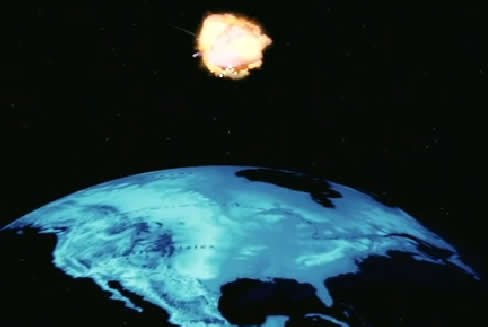Saving Millions of Lives: Time to Prepare for an EMP Now
Michaela Dodge /
Berman’s piece is a welcome contribution to the debate about the U.S. vulnerability to EMP. This ongoing debate has recently received increased attention following the presidential GOP debate hosted by The Heritage Foundation and the American Enterprise Institute in November.
The United States remains unprotected from an EMP effect, a high-intensity burst of electromagnetic energy caused by the rapid acceleration of charged particles. An EMP would disable all electric devices within its line of sight, including electric grids, computers, cell phones, and means of transportation.
The congressionally mandated EMP Commission Report stated that EMP “has the capability to produce significant damage to critical infrastructures and thus to the very fabric of US society, as well as to the ability of the United States and Western nations to project influence and military power.”
An EMP could be created by detonating a nuclear weapon at a high altitude and would send the United States back to the 19th century. A number of U.S. adversaries or potential adversaries—including Russia, China, North Korea, and Iran—have already acquired or are trying to acquire weapons that would cause an EMP.
Short- and long-range ballistic missiles are the best means of delivery for this kind of attack. That is why the United States must continue to build up its missile defenses. The system would ideally be composed of Aegis ballistic missile capable ships; Aegis Ashore, the land-based ballistic missile component; and Unmanned Aerial Vehicle capabilities. These would offer a degree of protection against such an attack.
Unfortunately, the Obama Administration has curtailed U.S. missile defense development and killed some of the most promising missile defense programs.
An EMP, however, can be created by non-nuclear weapons (radio-frequency weapons) or geomagnetic storms (often called space weather). To protect the nation’s infrastructure against these threats, the public and private sectors can and should harden vital infrastructure to make it more resilient and resistant to EMP. The U.S. should also develop a national plan to respond to EMP emergencies. This would involve educating federal, state, and local officials along with the public about the risks and response options.
Such steps could save millions of lives. There is no time to spare.

